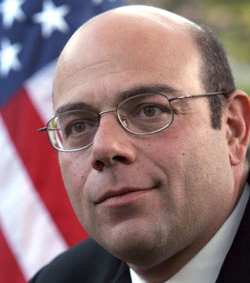
Garen Yegparian
BY GAREN YEGPARIAN
My annual recounting, missing the last two years, of various Genocide related events was a bit harder than usual to prepare for this year, but this critique and other observations are material for a separate opinion piece. For now, a simple recounting of the events I was able to attend follows.
The AYF’s Cycle Against Denial, held April 10, was the first event I was able to make this year. Participation seems to have rebounded a bit this year, to 170. The location was changed from the vicinity of the Ferrahian School’s south campus in the San Fernando Valley to Venice. The new location was probably selected for its greater visibility and pedestrian presence. After the ride (which covered about half as much distance as previous years), a small group of the riders went to Santa Monica’s Third Street Promenade, an open air street/shopping venue, and staged two die-ins while distributing flyers.
On April 12, Burbank held its annual three-part-event organized by the AYF and ANCA of Burbank. The first stage, as always, was receiving a proclamation from the city council. The two speakers who received the proclamation on behalf of the Armenian community garnered praise for their remarks. This was followed by a small group marching from city hall to the ACF-Beshir Mardirossian Youth Center where a commemorative program was scheduled. A little over 100 people were present, down from other years. But, it was a different and younger crowd.
Hollywood’s ANCA once again held its Renaissance Through Art event, April 15, with more than 100 in attendance. This combination of paintings on the walls of the hall coupled with musical presentations and brief remarks seems to be attracting a younger crowd. This year, the Armenian Philatelic Association (stamp collectors) had exhibits up showing stamps from around the world with Armenian themes on them.
Part of the City of Glendale’s annual series of programs was the translated-from-Spanish museum exhibit titled “Armenia: An Open Wound”